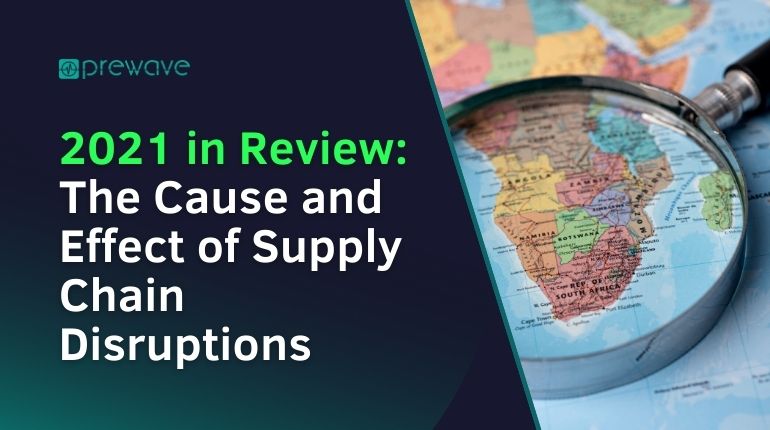Unsurprisingly, 2021 brought with it additional challenges.
With COVID-19 vaccines being distributed on a global scale, and the economy beginning to reopen, consumer demand began to increase. However, the pandemic has had a significant impact on global supply chains, leading to worldwide shortages and a shift in consumer patterns. As such, the recovery was slow, uncertain—and, more often than not, difficult.
The pandemic-induced increase in demand did not slow down, even as demand for services was expected to return to pre-pandemic levels. Companies that had previously followed the Just-In-Time (JIT) model were now struggling to adapt, and those in critical sectors like warehousing had difficulty attracting and retaining workers. As the pandemic continued to wreak havoc on major ports and manufacturing facilities around the world, dampening the supply response—shoppers were met with empty shelves and higher prices.
The pandemic, however, was just one of many disruptions affecting supply chains in 2021. In this post, we will explore a few more—as well as the cause and effect of each.
Supply Chain Disruptions Make a Comeback
The globalisation of supply chains has brought with it a host of challenges. While the demand for tradable goods and services skyrocketed, more companies looked to reduce costs while staying competitive. The solution? Moving entire production lines to countries like China, known for their lower labour and material costs.
The problem, however, lies in placing too much confidence in these countries’ ability to produce and deliver the products on an as-needed basis. While the benefits of offshore production and global supply chains are undeniable, overdependence is never a good thing—and supply chain management (SCM) should not be overlooked.
COVID-19 exposed the dangers of relying too much on a few suppliers located in limited geographical areas, causing more companies to adopt supply chain resilience strategies, such as Prewave’s Supplier Monitoring and Tier-N Transparency solution.
Still, many companies continue to hesitate, and in 2021, they were exposed to global supply chain disruptions caused by a number of factors, including:
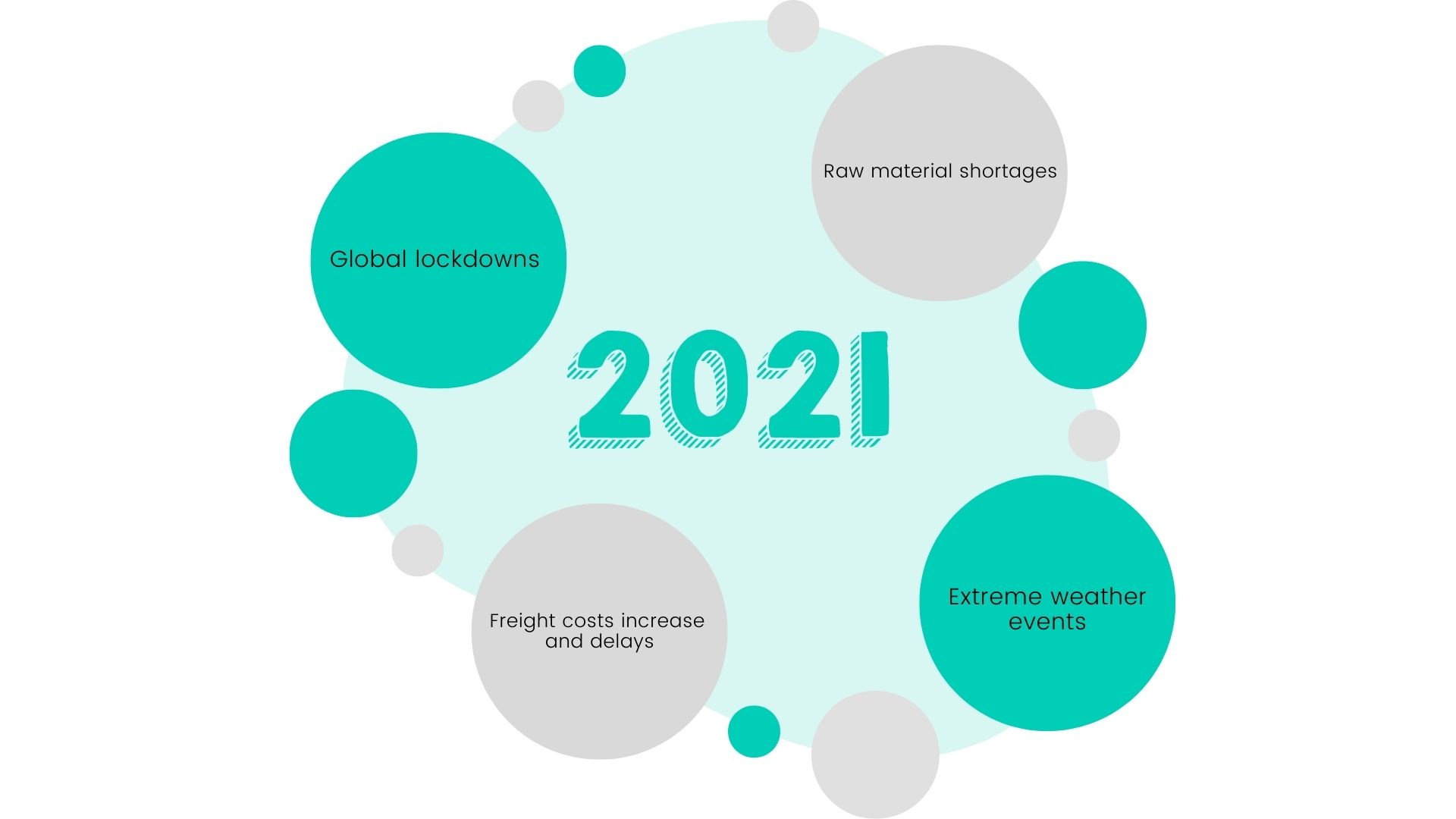
- Global lockdowns and restrictions caused by the COVID-19 pandemic
- Material shortages, leading to manufacturing disruptions
- High freight costs and shipment delays
- Extreme weather events
Year in Review: Cause and Effect
To understand what happened—and the changes in supply chain management we are currently experiencing—we’ll analyse the cause and effect of each disruption separately.
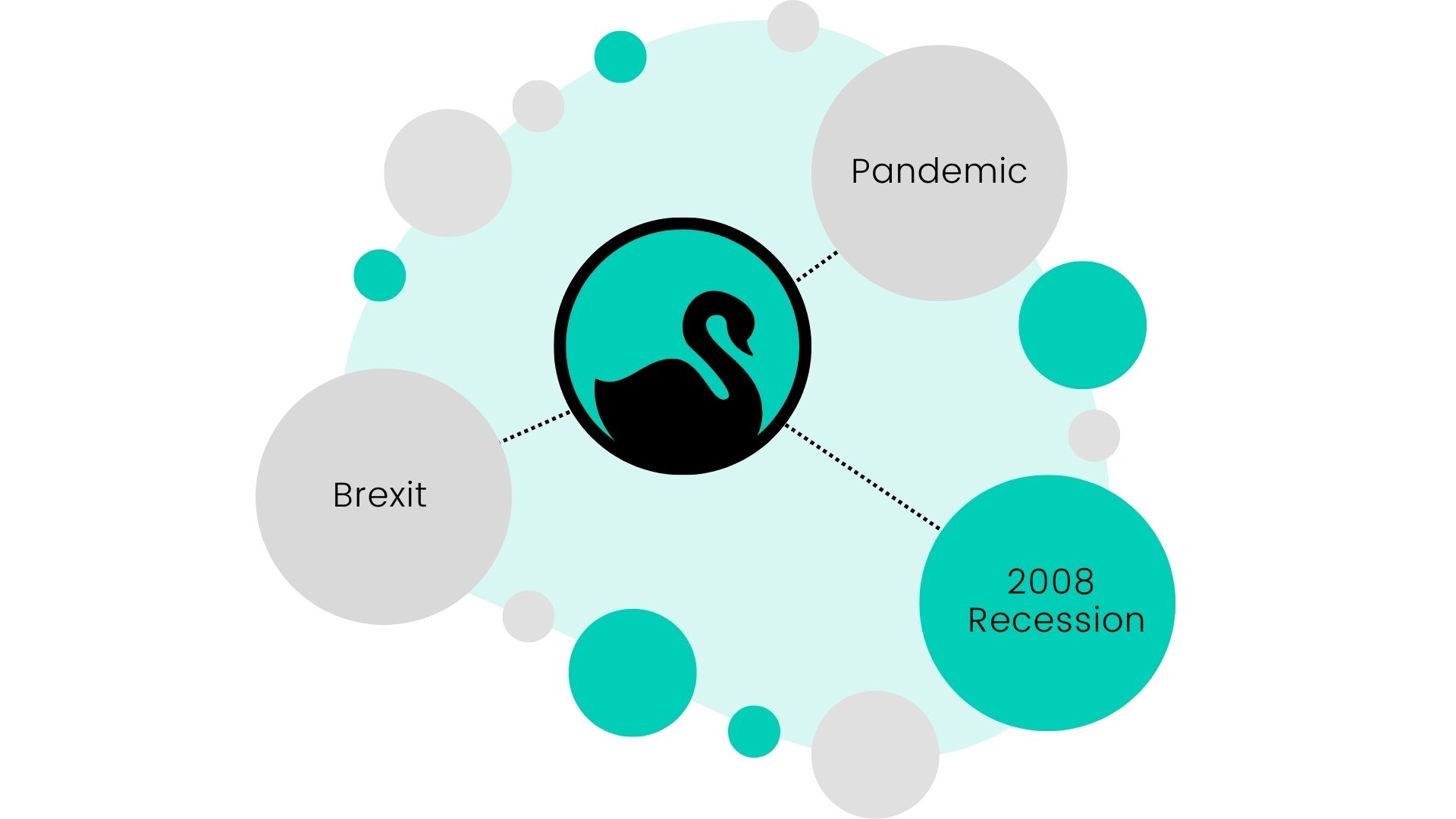
Cause: The COVID-19 pandemic, and other black swan events.
The term “black swan” refers to an event that is impossible to predict, bringing with it severe and widespread consequences. The COVID-19 pandemic is a good example of a black swan event, as are Brexit and the 2008 global financial crisis.
Effect: A bigger emphasis on supply chain risk management.
Many companies have started taking preventative measures to predict, contain—and even avoid—disruptions caused by black swan events. At present, technology like the one developed by Prewave can address most, if not all, concerns, regardless of industry.
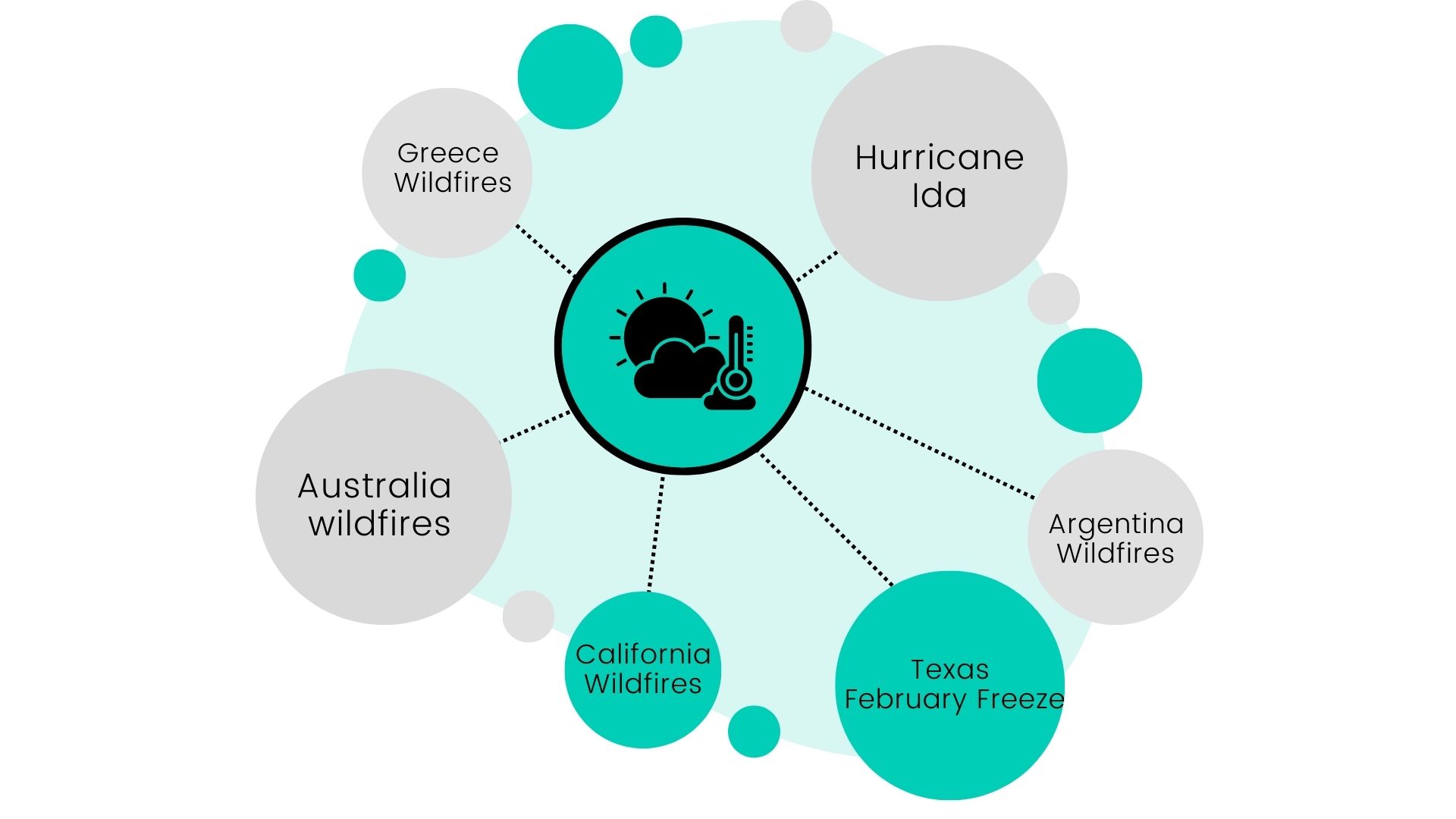
Cause: Extreme weather events, including hurricanes and wildfires.
In 2021, severe weather phenomena had a significant effect on global supply chains, including:
- Hurricane Ida and a February deep freeze in Texas rippled through the petrochemical supply chain, disrupting production of resins, plastics and other materials used in consumer goods.
- Tropical storm Ida, which made landfall in Louisiana as a Category 4 hurricane, shuttered ports, halted rail operations and was predicted to have long-term effects on manufacturing and supplies in the region.
- More frequent, severe wildfires threatened California’s growing logistics network. Fires can clog and cut off freight arteries, creating choke points for inventory travelling via truck and rail.
- Winter storm slammed Texas food supply chains, logistics networks.
Effect: Investing in the right technology.
Prewave can help. Through supply chain mapping and Tier-N monitoring for critical raw materials, you will receive alerts of any events affecting your supply chain—in real time.
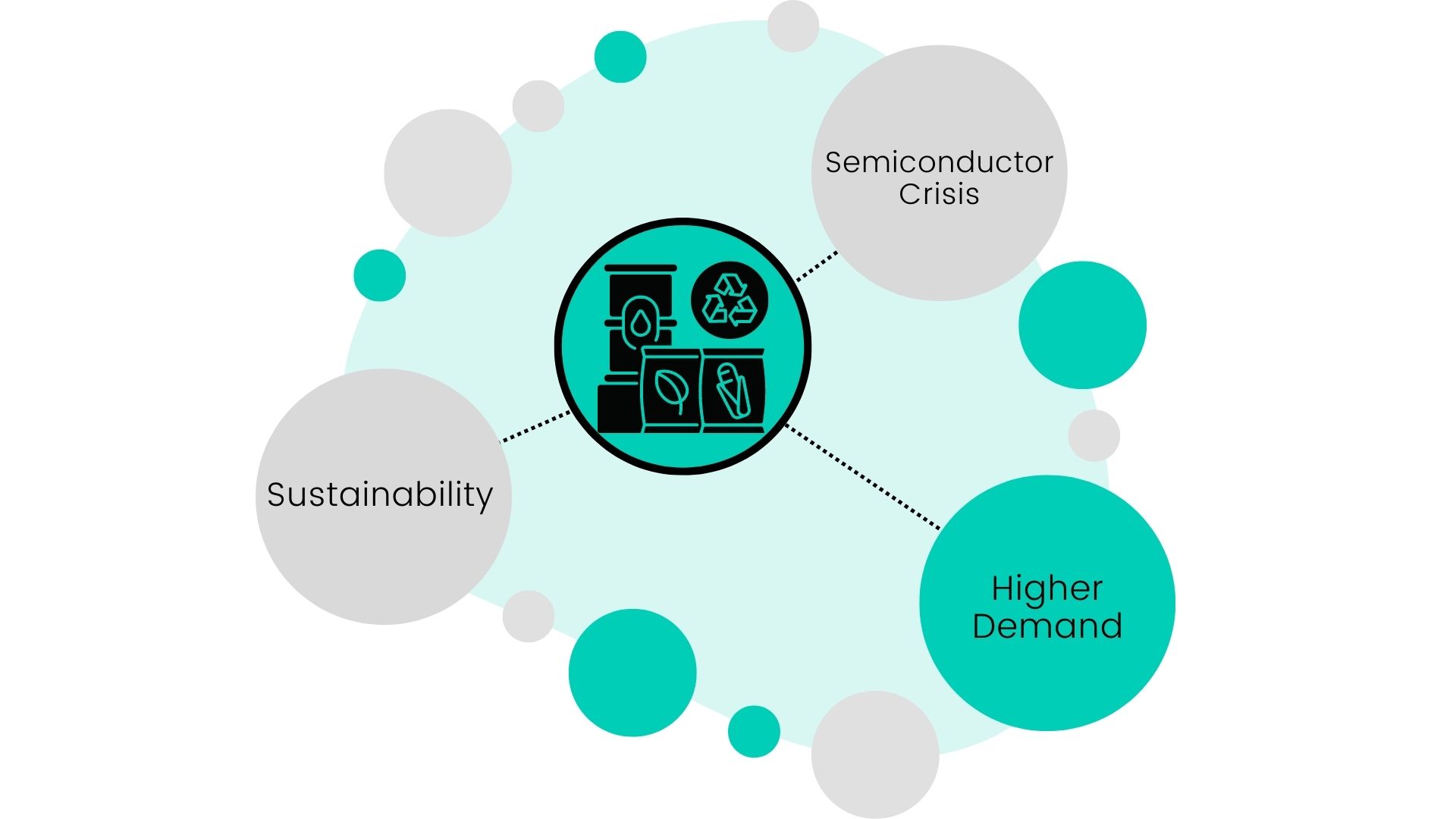
Cause: Material shortages.
COVID-19 led to an unprecedented increase in consumer demand, which companies were unable to meet. This, coupled with other unforeseen events, such as the automotive industry cancelling their chip orders at the beginning of the pandemic, and consumer goods sweeping in and overtaking free capacities, caused significant shortages in the long run.
Effect: More sustainable supply chains that can support different types of productions.
Many businesses are now looking to eliminate waste by implementing more sustainable supply chains. The aim is to build a supply chain that can support many types of products, which would be fulfilled simultaneously, to a customer base that is spread out geographically. To put it simply, it’s time to rethink how products are manufactured and distributed.
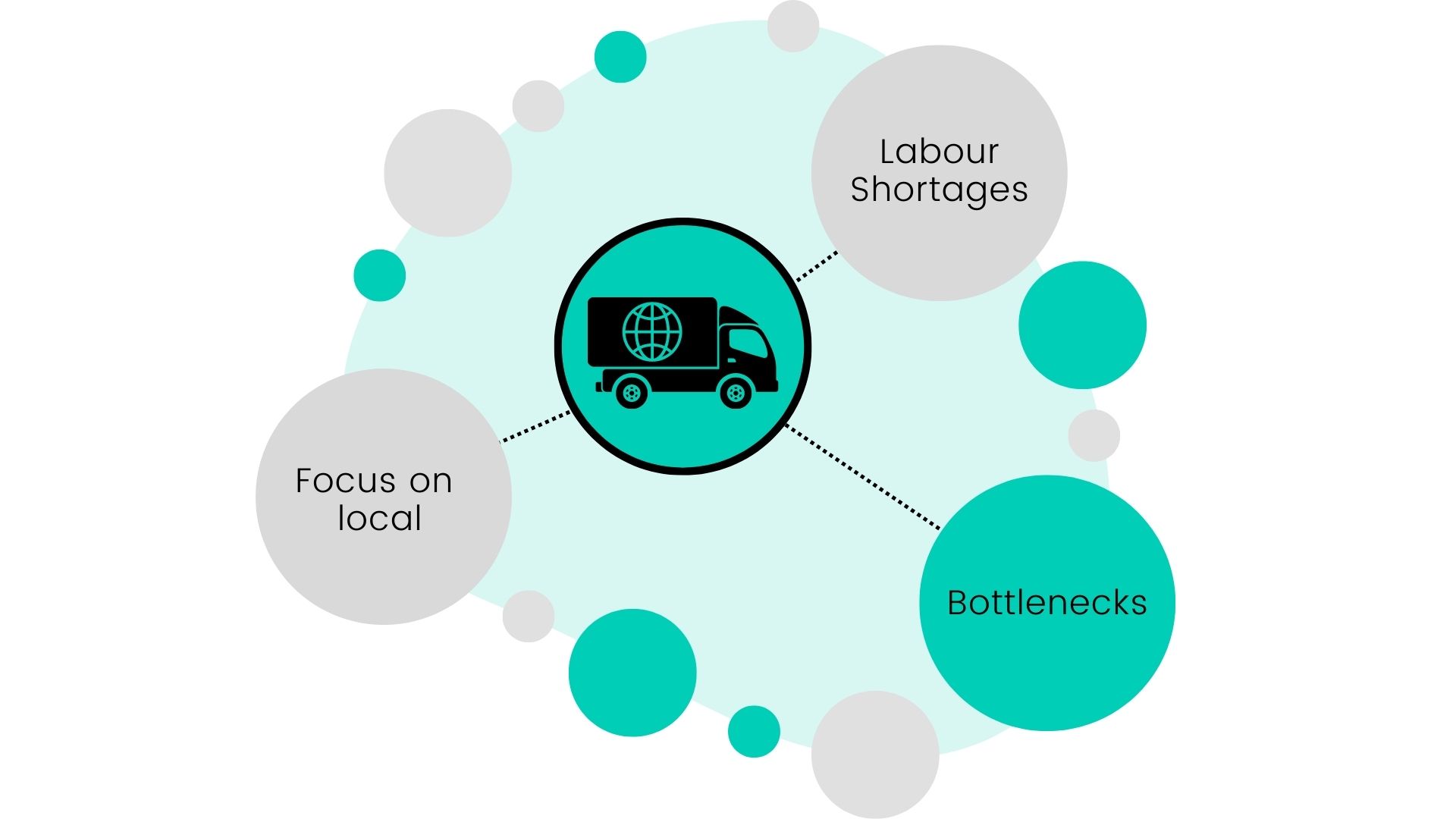
Cause: High freight costs and shipment delays.
Covid has increased the amount of time it takes for imports to reach businesses, and has significantly raised the price of importing products.
Effect: A new reliance on local suppliers.
Organisations have begun shifting product sourcing from overseas to a closer location, and diversifying the supplier base further to make the supply chain more reliable. Shipments from countries like China or Japan have somewhat decreased over the past year or so, with more organisations looking to build a local—and more reliable—supplier base.
The world is currently undergoing a major paradigm shift away from mass manufacturing, with long lead times being replaced by onshore and nearshore supply chains that are capable of manufacturing, distributing and fulfilling orders on-demand—without the friction of ocean freight, labour shortages, and other bottlenecks.
Conclusion
Uncertainty is—and will always be—a characteristic of the international business landscape in which supply chains operate. As a result, many companies have become increasingly focused on supply chain risk management.
This means identifying where risks exist, assessing the potential impact of these risks, and putting mitigation strategies into place. To support this process, Prewave has developed a Supplier Monitoring and Supply Chain Mapping tool, which helps businesses monitor, predict, and even prevent supply chain disruptions—sometimes weeks or months in advance—thus giving businesses the time to plan for and adapt to anything that might come their way.
Are you ready to safeguard your supply chain?
